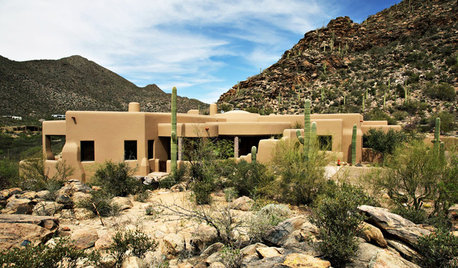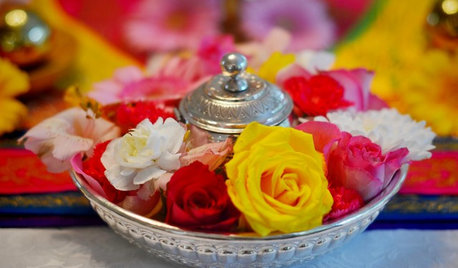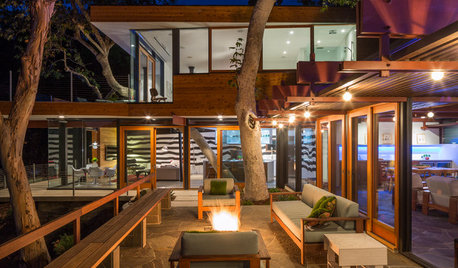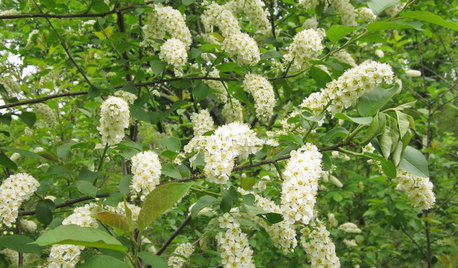Trees grown in root control bags
Iowa_Steve
11 years ago
Related Stories

TRADITIONAL ARCHITECTURERoots of Style: Pueblo Revival Architecture Welcomes Modern Life
Centuries-old details of adobe construction still appeal in the desert Southwest, adapted to today's tastes
Full Story
FEEL-GOOD HOMERejuvenate Your Home With Deep-Rooted Traditions
Give the subtle energies and spiritual side of your home some attention, and watch newfound calm and beauty blossom
Full Story
GARDENING GUIDES5 Best-Behaved Trees to Grace a Patio
Big enough for shade but small enough for easy care, these amiable trees mind their manners in a modest outdoor space
Full Story
HOLIDAYSHow to Care for Your Christmas Tree
Keep your tree looking lush until the last ornament is packed away with these tips for watering, using stands and more
Full Story
FARM YOUR YARDIf You Have Room for Only One Fruit Tree ...
Juice up a small garden with one of these easier-care or worth-the-effort fruit trees for a mild climate
Full Story
LANDSCAPE DESIGNPretty Trees for Patios, Paths and Other Tight Spots
Choose trees for their size, shape and rate of growth — or shape them to fit your space. Here's how to get started
Full Story
TREESHow to Use Trees Inside
Bring nature close by integrating the beauty of trunks and trees — even smaller leafy trees — into your home
Full Story
TREESNative Plant Alternatives to Invasive Common Buckthorn
Learn how to identify and control this aggressive plant, and what to grow in its place
Full Story
GARDENING GUIDESWhen and How to Plant a Tree, and Why You Should
Trees add beauty while benefiting the environment. Learn the right way to plant one
Full Story
GARDENING GUIDESHow to Keep Your Citrus Trees Well Fed and Healthy
Ripe for some citrus fertilizer know-how? This mini guide will help your lemon, orange and grapefruit trees flourish
Full StorySponsored
Central Ohio's Trusted Home Remodeler Specializing in Kitchens & Baths
More Discussions








wisconsitom
arktrees
Related Professionals
Camas Landscape Architects & Landscape Designers · Hershey Landscape Architects & Landscape Designers · Wixom Landscape Architects & Landscape Designers · Americus Landscape Contractors · Damascus Landscape Contractors · Lehigh Acres Landscape Contractors · Little Ferry Landscape Contractors · New Providence Landscape Contractors · Rio Linda Landscape Contractors · Riverview Landscape Contractors · Thonotosassa Landscape Contractors · Eau Claire Siding & Exteriors · Highlands Ranch Siding & Exteriors · San Antonio Siding & Exteriors · Conroe Decks, Patios & Outdoor EnclosuresWxDano
lou_spicewood_tx
hairmetal4ever
Iowa_SteveOriginal Author
WxDano
hairmetal4ever
Embothrium
hairmetal4ever
sam_md
hairmetal4ever
j0nd03
whaas_5a
sam_md
arktrees
Embothrium
hairmetal4ever
hairmetal4ever
joeschmoe80
arktrees
j0nd03
whaas_5a
brandon7 TN_zone7
sam_md
brandon7 TN_zone7
hairmetal4ever
arktrees
hairmetal4ever
lou_spicewood_tx
hairmetal4ever